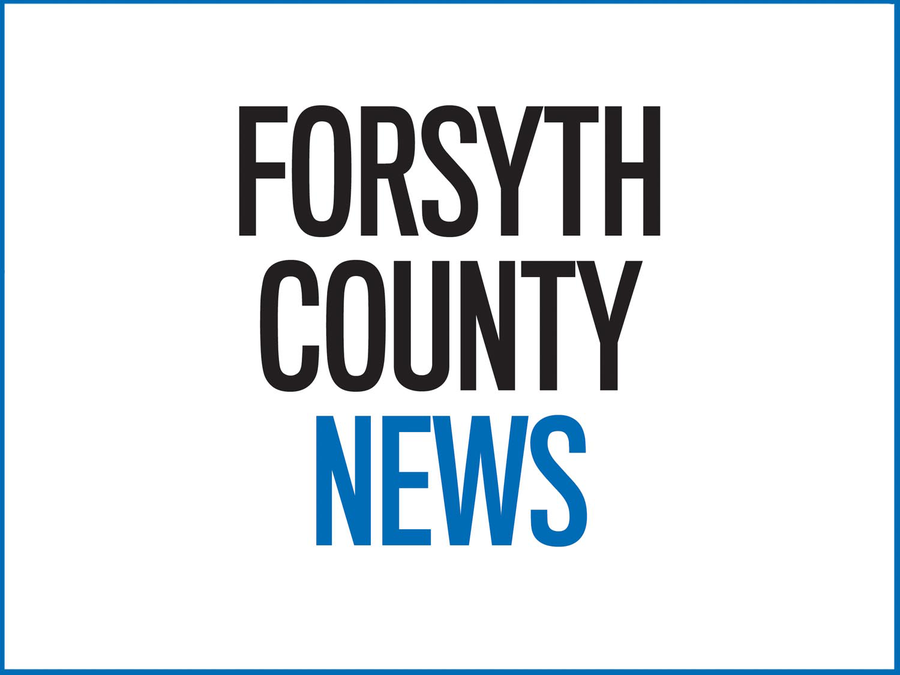Gov. Sonny Perdue and the state’s educational leaders were all a-twitter last week with the news that Georgia had managed to win Race to the Top funding from the federal government for use in some of its school systems.
And make no mistake, $400 million is a chunk of money and will certainly help beleagured school systems that are suffering due to ongoing budget shortfalls and a stagnant state economy.
But is it really a game changer, as the governor would have us believe?
Maybe not.
Forsyth school officials chose not to participate in the Race to the Top program, deciding instead to look for other funding options that are perhaps better suited to a still affluent, still exceptional suburban school system. In fact, only 26 of Georgia’s 180 school systems chose to participate in the program.
Did local officials make the right decision? Only time will tell, but there are certainly legitimate reasons not to join the school systems that did seek the federal funds.
First, let’s go back to that $400 million in federal funds. Yes, it’s a lot of money, especially coming from a federal government that has none. But to put it in perspective, the U.S. Census Bureau estimates that state and local governments in Georgia spent nearly $20 billion on education in 2007-08, the most recent total available, so you’re talking about a pretty small piece of the total funding pie that’s tied to the Race to the Top program.
So what’s the recipe for that piece of financial pie? At this point, no one knows for sure. The funds are meant to help systems with high levels of poverty and poorly performing students, and will be tied to some measurement of teacher and student performance, but beyond that the details are still sketchy.
And as Faust discovered, the devil is in the details.
With acceptance of federal funding comes an obligation to meet federal mandates. Those mandates may prove unobtrusive and easily obtained, or they could be onerous and expensive, especially if they result in ongoing expenses that will not be covered by federal funds in the future. One need look no farther than No Child Left Behind to see how large a footprint federal education programs can leave behind.
It’s also hard to ignore the political picture in Washington when holding out your hand for federal dollars. If, as some have predicted, there is a massive turnover in leadership in this year’s general election, and again two years from now, Race to the Top may fall from favor among the powers that be, becoming yet another trendy education PR placebo that soon is replaced by the next great idea in D.C.
The state desperately needs money, and $400 million taken from the taxpayers at the national level and earmarked for Georgia will certainly do some good. We’re convinced though that improving education longterm is a job best done at the state and local level, not in the power corridors of Washington.
And make no mistake, $400 million is a chunk of money and will certainly help beleagured school systems that are suffering due to ongoing budget shortfalls and a stagnant state economy.
But is it really a game changer, as the governor would have us believe?
Maybe not.
Forsyth school officials chose not to participate in the Race to the Top program, deciding instead to look for other funding options that are perhaps better suited to a still affluent, still exceptional suburban school system. In fact, only 26 of Georgia’s 180 school systems chose to participate in the program.
Did local officials make the right decision? Only time will tell, but there are certainly legitimate reasons not to join the school systems that did seek the federal funds.
First, let’s go back to that $400 million in federal funds. Yes, it’s a lot of money, especially coming from a federal government that has none. But to put it in perspective, the U.S. Census Bureau estimates that state and local governments in Georgia spent nearly $20 billion on education in 2007-08, the most recent total available, so you’re talking about a pretty small piece of the total funding pie that’s tied to the Race to the Top program.
So what’s the recipe for that piece of financial pie? At this point, no one knows for sure. The funds are meant to help systems with high levels of poverty and poorly performing students, and will be tied to some measurement of teacher and student performance, but beyond that the details are still sketchy.
And as Faust discovered, the devil is in the details.
With acceptance of federal funding comes an obligation to meet federal mandates. Those mandates may prove unobtrusive and easily obtained, or they could be onerous and expensive, especially if they result in ongoing expenses that will not be covered by federal funds in the future. One need look no farther than No Child Left Behind to see how large a footprint federal education programs can leave behind.
It’s also hard to ignore the political picture in Washington when holding out your hand for federal dollars. If, as some have predicted, there is a massive turnover in leadership in this year’s general election, and again two years from now, Race to the Top may fall from favor among the powers that be, becoming yet another trendy education PR placebo that soon is replaced by the next great idea in D.C.
The state desperately needs money, and $400 million taken from the taxpayers at the national level and earmarked for Georgia will certainly do some good. We’re convinced though that improving education longterm is a job best done at the state and local level, not in the power corridors of Washington.

